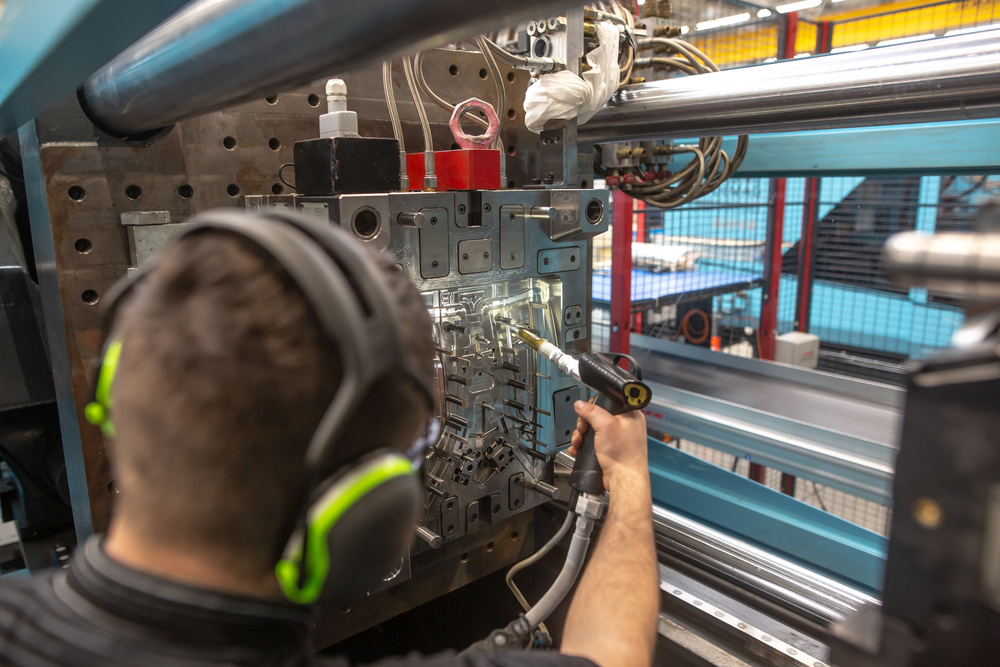The surge in nearshoring initiatives in Mexico reflects a significant shift in manufacturing paradigms, as companies seek to balance cost efficiency with operational agility. Despite the allure of nearshoring, offshore manufacturing remains a prevalent strategy for many organizations looking to optimize their global production footprint.
Offshore manufacturing involves relocating production facilities to foreign countries, often driven by factors such as lower labor costs, favorable regulatory environments, and access to new markets. While nearshoring offers proximity advantages and supply chain resilience, offshore manufacturing provides distinct cost-saving opportunities and access to specialized expertise in established manufacturing hubs.
By strategically leveraging offshore manufacturing alongside nearshore initiatives, companies can diversify their production capabilities, mitigate risks, and capitalize on the unique advantages offered by different regions in today's competitive business landscape.
Of course, the reality of shifting this much manufacturing in such a short time brings some significant challenges. In fact, Tetakawi sees five bottlenecks emerging that risk preventing nearshoring opportunities from materializing. By understanding these hurdles and how solutions are unfolding, companies can better prepare to shift their manufacturing to Mexico.
1. Workforce Demand
The most significant bottleneck to nearshoring today is around the workforce. With unemployment rates at record lows in both the United States and Mexico, manufacturers may have trouble meeting their current and forecasted day-to-day customer demands. Today’s wave of nearshoring risks making this gap between labor demand and supply even more expansive.
Some of these challenges can be navigated today by setting reasonable expectations. While manufacturers may face steep competition in recruiting skilled labor, there is still an available labor force. In fact, multinational staffing and recruitment company ManpowerGroup recently released a Total Workforce Index (TWI) that ranked Mexico’s workforce 9 in a list of 60 countries. This was a significant increase from the 2021 list, which ranked Mexico at 53rd. According to TWI, Mexico stands out in the pack due to its ability to support permanent recruitment.
Many organizations navigate this challenge by bringing in managers from the home office who can train new employees. Others partner with technical training institutions to develop a talent pipeline with their in-demand skill sets. Still, other manufacturers opt to locate in Manufacturing Communities that provide in-house training facilities or operate in less industrialized cities where turnover is lower than in places like Tijuana, Cuidad Juarez, and Monterrey. Such locations include cities like Saltillo, Coahuila, and Hermosillo, Sonora.
2. Shallow Supply Chains
The second bottleneck to nearshoring in Mexico is the time it will take to reproduce the dense supplier ecosystem that exists in China. Today's demand for nearshoring cannot divorce itself from the economies of scale that China has created in 35 years’ time across a broad range of industries. Manufacturing supply chains in China are broad and deep. Even as alternatives emerge in Mexico, manufacturing longevity gives China a significant competitive advantage over the U.S. and Mexico supply chains that are only being developed today.
Still, many companies find the alternatives to be worth the investment. In an interview with The Wall Street Journal, executives with automotive filter manufacturer Premium Guard explained their process for developing a new network of suppliers in Mexico. The limited availability of certain raw materials has made it difficult to compete with Chinese prices. Some components must still be sourced from Asia. Yet, executives have found the switch worth it because it provides a more resilient sourcing strategy.
While it will take time to strengthen this supply chain, this work is already underway. Freight and logistics companies, for example, are making changes to better support the flow of goods across the U.S.-Mexico border and coming into ports from suppliers in Asia. In the short term, manufacturers are turning to supply chain visibility solutions that make it easier to plan, track the flow of materials, and identify alternative suppliers as they emerge.
3. Limited Contract Manufacturing Capacity
A third bottleneck to manufacturing in Mexico is the country’s lack of contract manufacturing capacity and competency. Manufacturers making the shift from China-based operations will find this particularly challenging, as contract manufacturing is the basis for most manufacturing there.
There are fully mature and highly efficient manufacturers in Mexico today, including those serving the automotive and appliance markets in America. However, it isn't easy to find contract manufacturers in Mexico with scalable capacity and state-of-the-art infrastructure and competencies. Most companies will find that manufacturing success in Mexico requires their own investment in manufacturing equipment, processes, and know-how. The scarcity of contract manufacturing in Mexico today may open new opportunities for investors, trading companies, and manufacturers worldwide.
That said, Mexico does offer its own unique alternative to contract manufacturing. Through the shelter service model, companies can offload much of the regulatory, HR, and administrative burden of operations and instead focus solely on manufacturing. While this may require a shift in how companies operate, it can provide significant quality control advantages.
4. Evolving Regulatory Restrictions
Government regulations and enforcement are the fourth significant obstacle to greater nearshoring in Mexico. Over the past five years, companies have been burdened with compliance requirements that have significantly increased their costs and added to the risk of business continuity. Federal policy has been viewed as an impediment to further investment in Mexico manufacturing. This sticking point is being recognized by policymakers, but only time will tell how future regulations will evolve.
Navigating this complexity becomes much simpler for companies operating in Mexico under the umbrella of a shelter service provider. These experts are up-to-date on compliance requirements in order to remove much of this regulatory burden from manufacturers.
5. Unreliable infrastructure
Mexico’s industrial real estate market has stepped up to meet the demand for Class A manufacturing space. However, there are significant constraints on utility providers’ ability to meet the demand for service in these spaces.
Electrical power generation and distribution are in the hands of a governmental-controlled monopoly. Natural gas is still making its way into Mexico's industrial venues. In some cities, like Monterrey, water is scarce. The utility sector needs both to update infrastructure to meet today's needs and do so while growing capacity fast enough to meet demands in the near future.
As Francisco Solares, president of the Mexican Chamber of the Construction Industry, told Mexico News Daily, Mexico reinvests less than 1% of its GDP in infrastructure development. It would be better served by allocating at least 5% to infrastructure updates and expansion. Experts suggest that the investments coming in from foreign manufacturers could spur infrastructure improvements that have the potential to impact supply chain partners and local communities more broadly.
Progress Is Happening
Despite these hurdles, the demand for nearshoring continues to drive supply chain movement to Mexico. While it may take years before manufacturers see the difference, this shift has already sparked a catalyst. With each new investment, supply chain ecosystems become denser, new communities gain vocational training resources and infrastructure improvements, and manufacturers become resources for the next wave of nearshoring innovation.
The good news is that companies that want to serve at the forefront of this nearshoring shift don’t have to navigate these hurdles alone. To learn more, or prepare your company for Mexico manufacturing success, contact Tetakawi today.
Subscribe
Sign up and stay informed with tips, updates, and best practices for manufacturing in Mexico.






